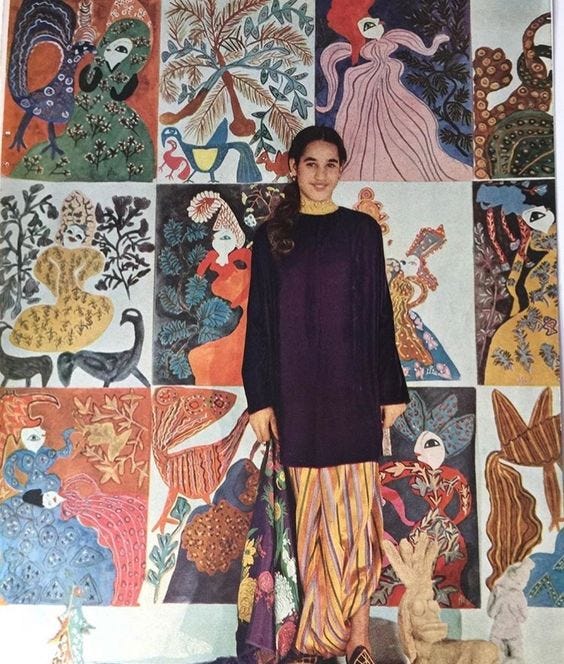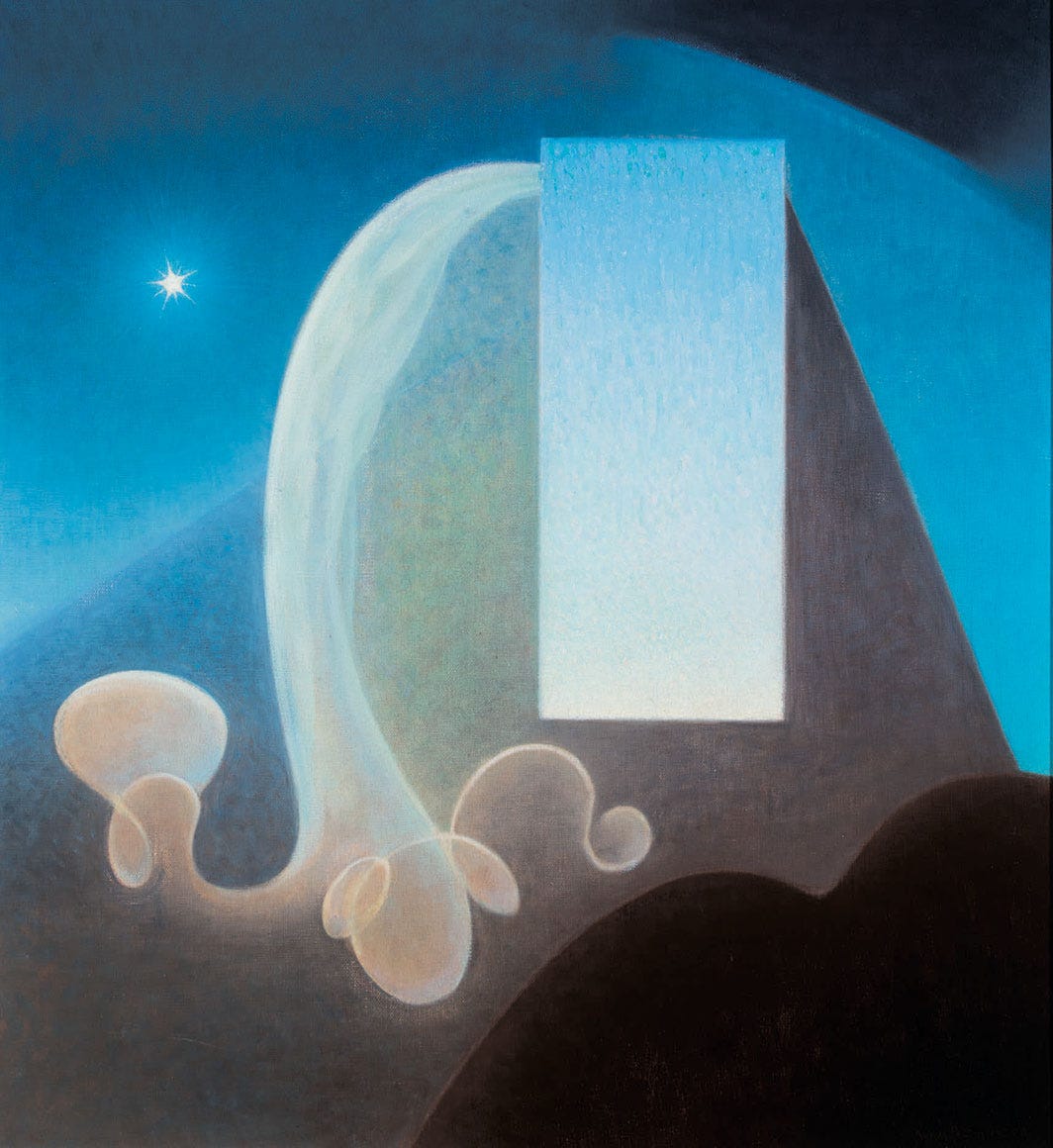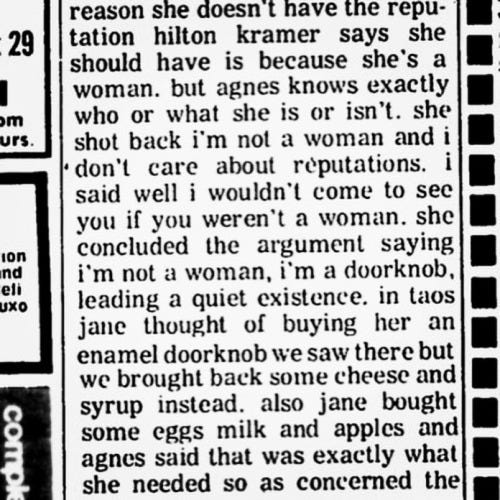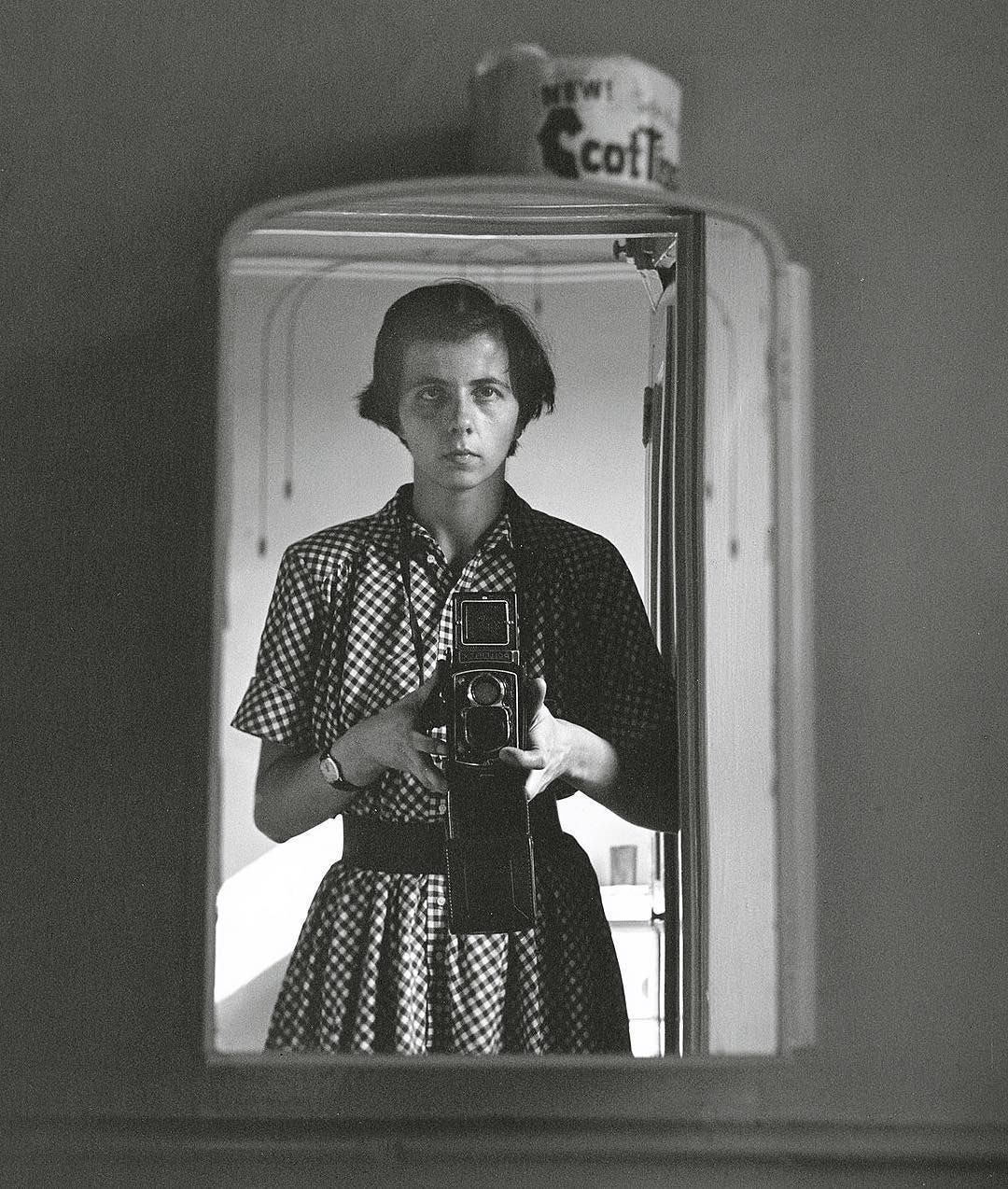The Fear of Creativity
Forgetting the world and encouraging the creative spirit.
Happy Sunday! I am so thankful for this long holiday weekend. Even though I will spend most of it writing my final papers for school, it still feels like a treat. We are also officially in September and Mercury is no longer in retrograde as of August 27th, so we can all let out a collective sigh of relief.
I’m briefly prefacing this newsletter with a reminder that, if you are enjoying what you see here, to please let me know by liking, commenting, restacking, sharing (and tagging on IG!), or purchasing a monthly paid subscription for $5. This helps support my work and keep the writing machine (me) going.
I will be adding a paid offering next week, which will include recommendations, monthly journaling prompts that I use, and a tarot-related digital offering. I’m also working on putting together an ongoing virtual book club for paid subscribers—more on that soon.
If you would like to receive next week’s paid post and do not have the means to, please email me (you can respond directly to this if you are reading it from your inbox) and I will be happy to comp you!
The urge to create—especially to write—has been almost overwhelming. My mind is overflowing with ideas, and there's so much I want to share that I've built up a backlog of newsletters waiting to be sent. It’s a beautiful problem to have. Since creativity has been at the forefront of my thoughts lately, I wanted to dive into its energetics a bit (and finally put my “useless” art history minor to good use).
Creativity can be elusive, and finding the courage to express it even more so. I know all too well how paralyzing that fear can be, how it can stifle your true self, leaving you blocked and your energy stagnant. Where does this fear stem from? Beyond our biological wiring that draws us towards conformity, what else holds us back from pursuing the miraculous things we long to do?
Extreme visibility has been unique for the last twenty years or so with the rise of social platforms. This idea that we are constantly being observed and perceived by those around us contributes to the observer effect—that observing a situation or phenomenon inevitably changes it. When artists such as Agnes Martin, Hilma af Klint, Agnes Pelton, or Georgia O’Keeffe were creating their masterpieces, they didn’t have quite the same sense of obligation we currently do to prove they’re doing something at all times. It was still there, of course, but it was likely far more manageable than it is today. Some artists, like Hilma af Klint and photographer Vivian Maier, never sought recognition during their lifetimes, yet were discovered and revered by the art world long after their deaths punctuated the end of their prolific careers. Agnes Martin, in an attempt to stop being perceived, once said in a fit of rage during an interview: “I’m not a woman, I’m a doorknob, leading a quiet existence.” Their disregard for the audience and lack of concern about whether others would ever see their work allowed these artists to create their masterpieces from a purely unfettered state of mind, which is the ultimate goal for artists, really.
Also contributing to this uninhibited state of creation is that these artists didn’t have a world of information in their pockets and the near-constant possibility of broadcasting their every thought to an audience, nor did they have a constant itch to do so like we do. I don’t intend to make this a diatribe against the evils of technology (again), but I bring this up to point out how vastly different the creative experiences of artists are today versus “back then.”
Certainly, the observer effect hinders our craft. It holds us back from pursuing our passions out of fear of how others might judge us. Social media has led us to believe we must confine ourselves to a single, unchanging identity, with deviations punished by our posts fading into the shadowy depths of the algorithmic abyss. Gradually, this teaches us that being different is a transgression. So, how do we navigate this landscape? How do we liberate ourselves from these internal constraints and pursue our dreams without the constant dread of alienation?

The answer, if there even is one, isn’t simple. Like many ingrained behaviors, it requires patience and effort to unravel and unlearn. Growing up in a culture that prizes conformity and uniformity makes individuality feel like a threat. Evolutionarily speaking, conformity was a survival mechanism; being different often meant danger. This self-preservation instinct has been passed down through generations. This is an excellent opportunity to discuss the “witch wound”, which many people have, that is also rooted in the fear of exposure and being seen—but that is a topic I could yap about forever and will save for its own dedicated long-form newsletter at a future date.
Expression is a fundamental part of being human. Human beings have had the urge to create for as long as time has been recorded—from the very first time someone decided to press their pigment-covered hands to the wall of a cave, leaving the first signifier of an artist’s touch. We have had the urge to create long before we had the desire to be recognized for it.
Through the lens of post-modern theory and narrative therapy, internal chaos arises when our personal experiences clash with the dominant discourse—the societal norms and expectations that unite us but also suppress certain aspects to maintain their cohesion. This is why social justice isn't a fixed endpoint but a continual journey of growth and transformation. It's also why activism can be so draining.
Being seen, being different, ingenuity of any kind, will always feel scary. Just like anxiety has always been there—that primordial fight-or-flight response that flares up at the sight of an email from your boss, making your body think a bear is about to tear you limb from limb when really you’re just at CVS staring at your phone and sweating. Our bodies haven’t learned how to keep up with how fast our world advances, so those ancient instincts remain locked and encoded in our sympathetic nervous systems.
Susan Jeffers, in her book Feel the Fear and Do It Anyway, captures this idea well: Fear is a constant companion, but you must move forward despite it. While the fear may lessen over time, it never entirely disappears. You have to push through it because the artist within you depends on it. Many of us are plagued by fear, out of alignment with our true path, simply because it doesn't conform to society's expectations.
Carl Jung said, “If the path before you is clear, you're probably on someone else's.” This quote is a potent reminder that the creative journey is very seldom straightforward. The road leading you back to yourself will likely be daunting and filled with uncertainty, but that's precisely where your authentic self thrives. The drive to create and the fear of being seen often stem from the same source—a deep intuitive well of emotion and energy within you. In fact, creativity and resistance can feel almost identical at times, both powerful forces pulling you in opposite directions. But through embracing this tension, in choosing to create despite the fear, you honor the artist within. Your inner child, that pure and untamed part of you, will thank you for being courageous enough to press on, for not allowing fear to dictate your path. For forgetting the world and refusing to think about who you are creating for, but why you are creating at all. When you push through the resistance, you’re not just creating—you are reclaiming your sense of self—something that may be unclear to others but is, and will always remain, uniquely yours.
In Case You Missed It:
Last week, I did an intuitive tarot pull for Virgo season outlining the upcoming themes, challenges, and opportunities for self-actualization.
I wrote a rather personal letter about my recent job woes, anxiety, the DSM, and the unexpected beauty of uncertainty.
Last year (in August 2023) I talked about the Ten of Swords and how it can be an unlikely beacon of hope, and it still feels pretty relevant in 2024.







